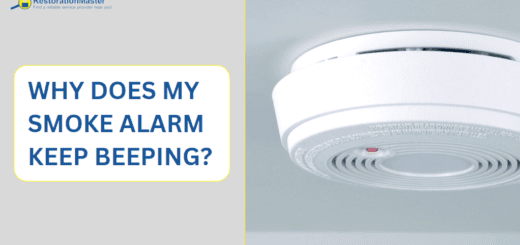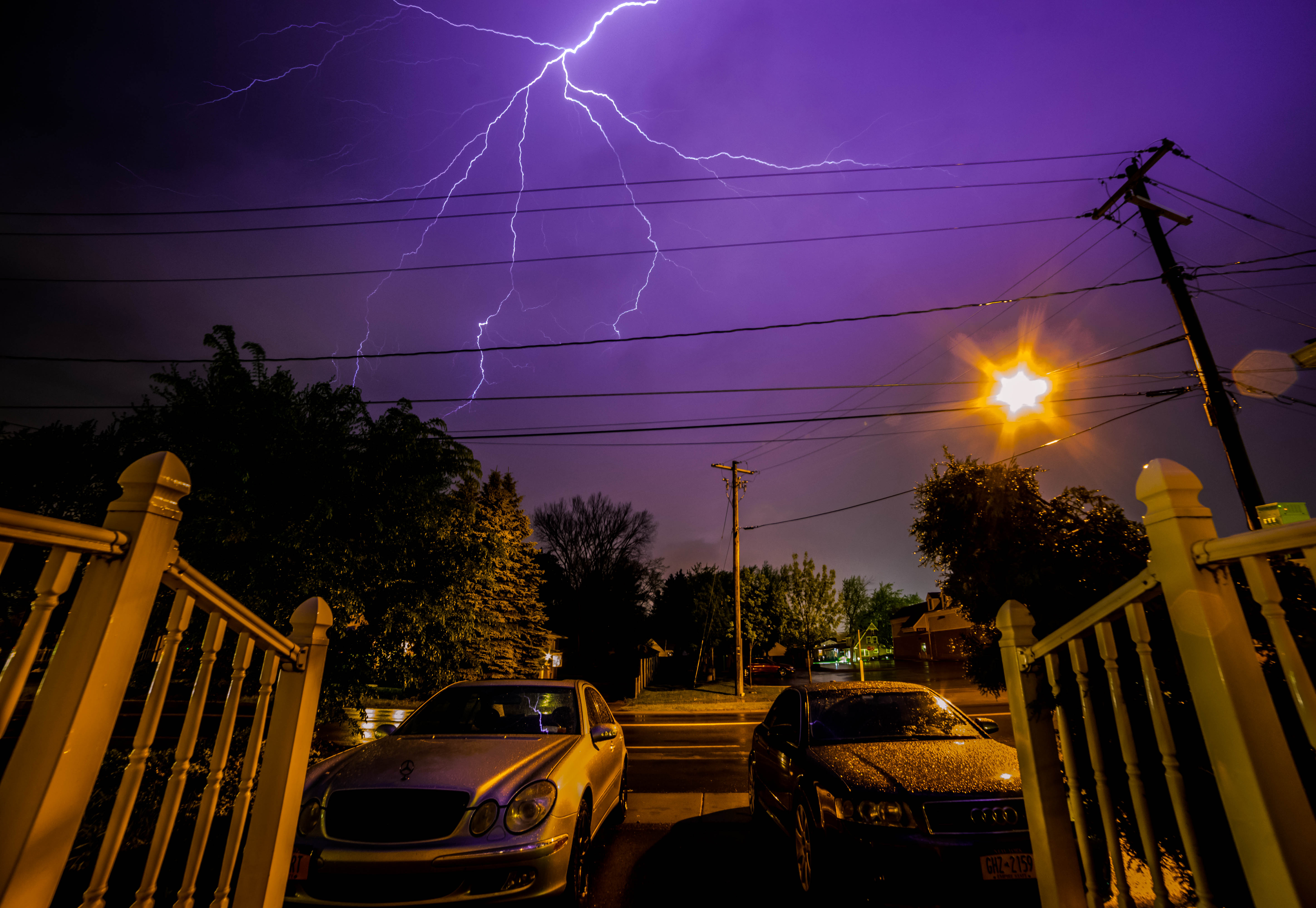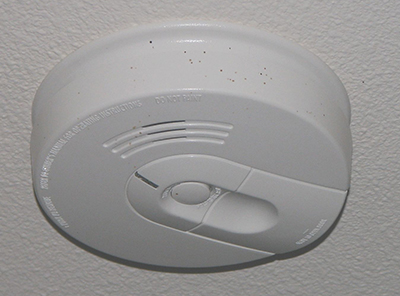The Main Causes of Electrical Fires and How to Respond
Having a fire in your home or business can be one of the most devastating and stressful experiences imaginable. The effects of fire, smoke damage, and corrosive byproducts are not only highly expensive–they can also have an extreme impact on your health, safety, and well-being.
A fire caused by electrical burnout is an especially dangerous event, which can also be a serious disaster. Electrical fire is the most common type of home fire in America resulting in $1.3 billion dollars worth of property damage annually. By knowing the top causes of such fires and how to respond to them, you’ll be much better equipped to act if one ever happens on your property.
Top 10 Causes of Electrical Fires
1. Portable Heaters
Portable space heaters should not be placed near anything flammable—curtains, rugs, beds, couches—because they can cause fires. Portable heaters should only be used for short periods of time and should never be left unattended while in use. These heaters are most likely to cause fires when placed near curtains, bedding, and upholstery. Space heaters that do not produce radiant heat but instead emit infrared rays are less likely to pose a fire hazard than heaters that give off both radiant and infrared radiationRadiation is the emission of energy in the form of waves or ... More.
2. Wiring
Old houses tend to have older wiring that is more vulnerable to damage from occasional surges in power. It also has a higher likelihood of overheating, which can leadLead is a heavy metal that can be toxic to humans, especiall... More to sparking and ultimately starting a fire. Upgrading the wiring is the best solutionA solution is a homogeneous mixture of two or more substance... More to this problem, but that is usually a job for an electrician who can determine which wires need replacement and then execute the job correctly to reduce the risk of future fires.
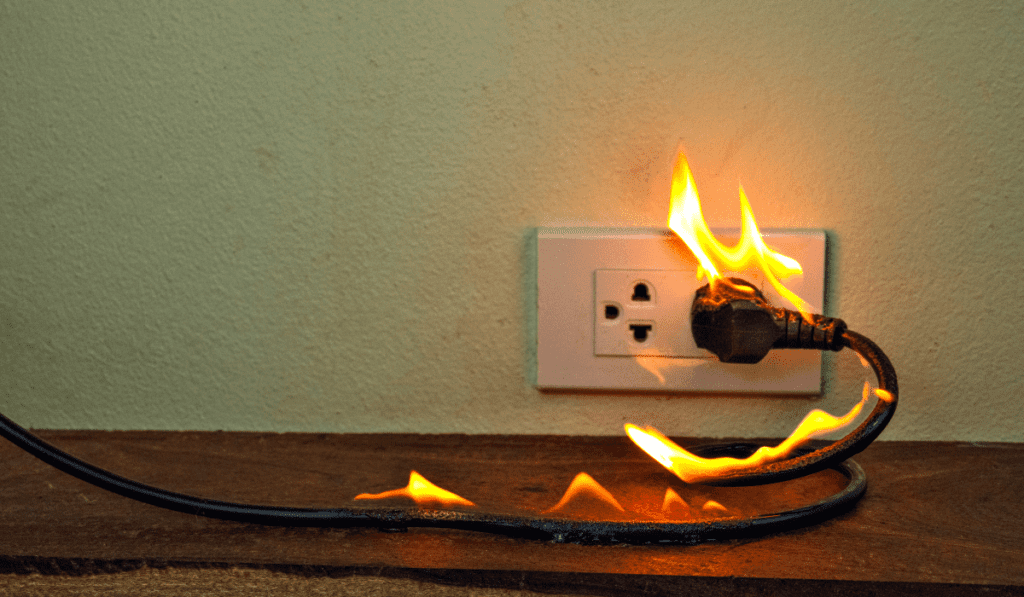
3. Misuse of Extension Cords
Extension cords are great tools to have on hand, but only when used correctly. Make sure not to overload outlets by inserting the maximum number of devices or by continuing to use a cord that is broken or frayed. Also, be aware that the cords can become tangled, snagged on objects or people, and cut by sharp edges if not kept out of the way. Being thoughtful about your use and placement of extension cords is one of the best ways to reduce the risk of fire.
4. Overloading Light Fixtures
Lamps, chandeliers, and other light fixtures are only designed to handle a certain wattage safely. Bypassing these limits and installing bulbs above the wattage limit can cause the light to overheat, or even melt the light socket and wire insulationInsulation is a material used in buildings to reduce the tra... More in severe cases. To prevent this, carefully read the requirements for the specific light fixture you are using and only insert bulbs that are within the range of what the fixture is designed to tolerate.
5. Appliances
Older appliances–refrigerators, stoves, microwaves, washers, dryers, etc.–are more likely to be out of compliance with current safety standards and modern material quality and wattage requirements. They can present risks of fire from unsafe wiring and poor design. We recommend recruiting the help of a professional electrician to put in appliance-grade outlets built to handle the heavy loads that appliances can create.
6. Not Using Grounding Plugs
Modern wall outlets are required to contain three sockets–a hot wire, a neutral wire, and a ground wire that acts as a backup in the event of a short circuit or electrical fault. Plugs that do not have the third grounding plug have no last resort if something goes wrong, increasing the risk of a fire.
What to Do When an Electrical Fire Breaks Out?
Getting an electrical fire under control and avoiding significant property damage comes down to knowing the right protocol and implementing it quickly. Here are five simple steps to take when you encounter an electrical fire.
1. Unplug the affected appliance or device:
Cut off the power source for the burning object as quickly as possible by unplugging it from its outlet.
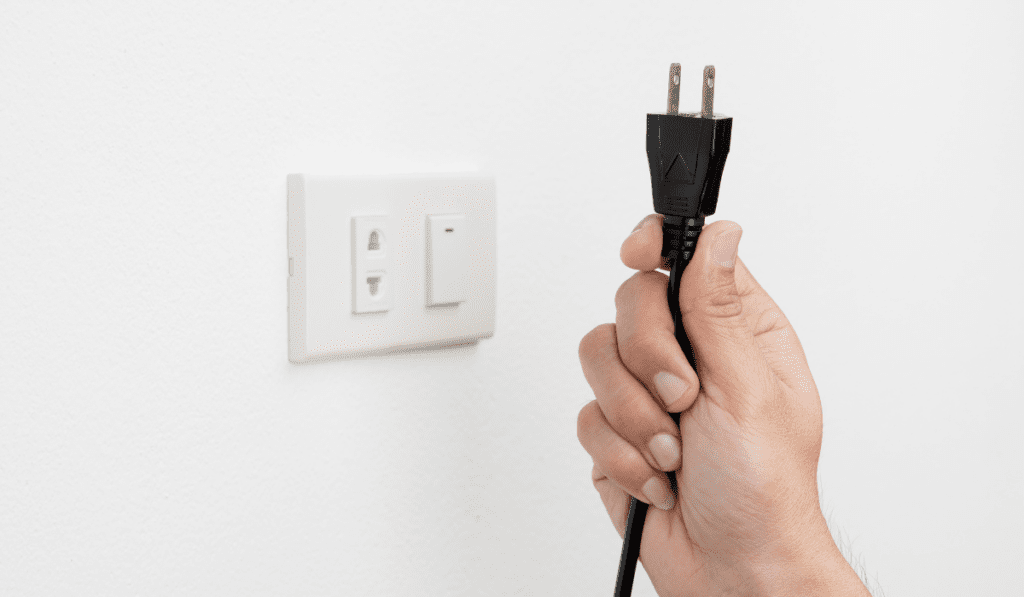
2. Cover with baking soda (sodium bicarbonate):
Small electrical fires can often be resolved with baking soda. Simply coat the affected area generously to smother the flames.
3. Smother the fire with heavy blankets or thick clothing:
Heavy blankets, jackets, and sweaters cut off oxygenOxygen is a chemical element essential for combustion and li... More to fires, and can therefore be good household tools for putting them out.
4. Avoid using water:
Water is a suitable solutionA solution is a homogeneous mixture of two or more substance... More for the treatment of many fires, but not those caused by electrical devices. Because water conducts electricity, attempting to put out an electrical fire with a water can cause shock, electrocution, or prompt the fire to spread to other areas in the room.
5. Use a fire extinguisher:
A fire extinguisher may be necessary if the fire is large or unaffected by other methods. Note, however, that extinguishers come in different varieties, and electrical fires must be put out with a Class C. Check to make sure that the extinguisher in your home is suitable for Class C fires before attempting to use it, as using the wrong type can make the fire worse.
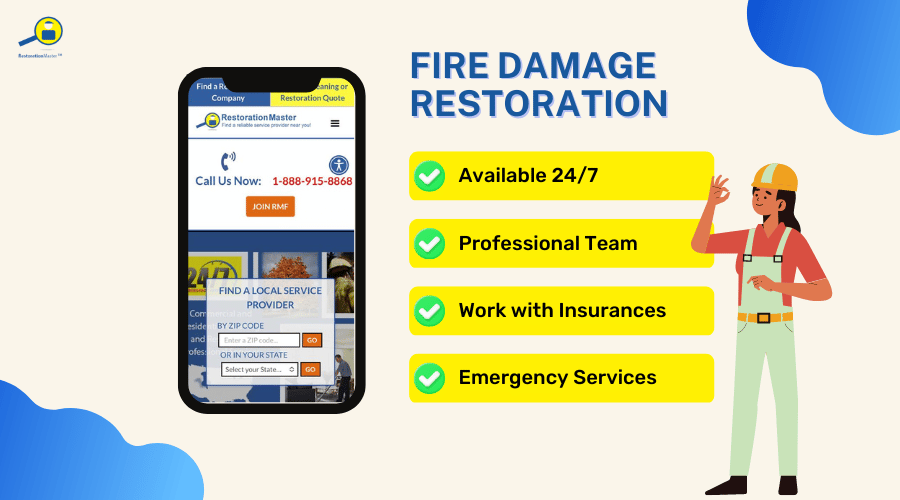
If you have an electrical fire in your home or business, it’s important that you know what to do to protect yourself and your property. Most electrical fires are small and easily containable, meaning you can likely take care of them on your own without any outside help. However, if the situation becomes dangerous or out of control, it is important to call a fire damage restoration professional to step in. At RestorationMaster we have the tools, experience, and knowledge to put out even the most difficult fires and restore your property to its pre-damage condition.










